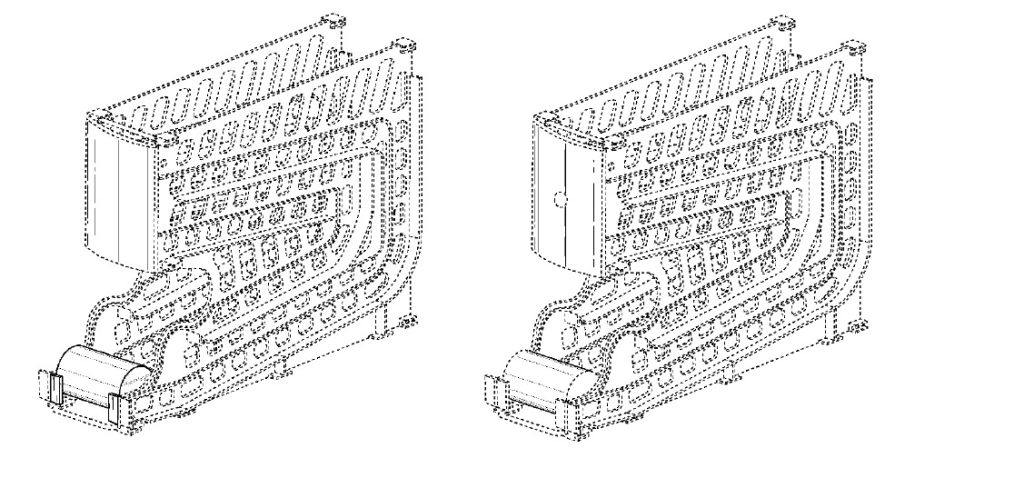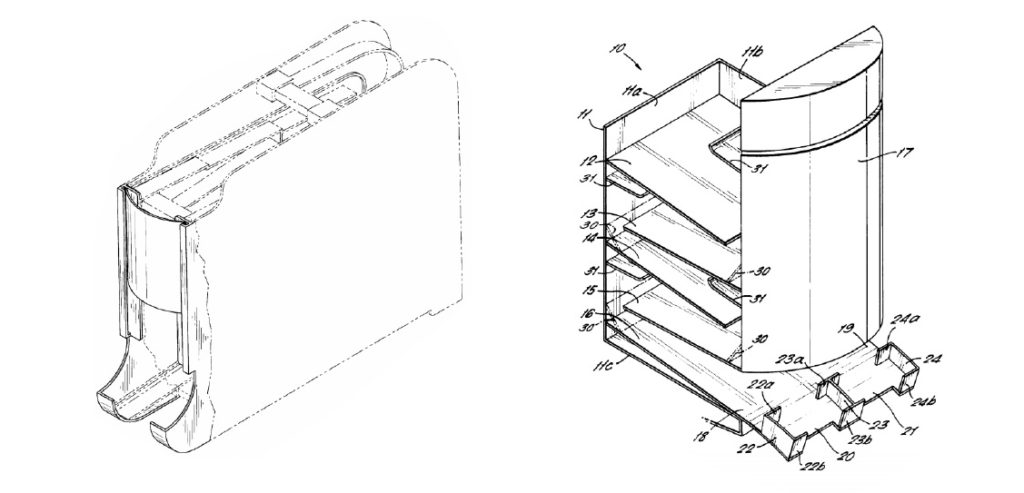In Koninklijke Philips N.V. v. Google, [2019-1177] (January 30, 2020), the Federal Circuit affirmed the PTAB determination that claims 1-11 of U.S. Patent No. 7,529,806 were unpatentable as obvious.
Philips presetnted three arguments on appeal. First, that the Board erred by instituting inter partes review on the ground that the claims would have been obvious over SMIL 1.0 in light of Hua because Google did not advance that specific combination in its petition. Second, that the Board erred in finding that the claims would have been obvious in view of SMIL 1.0 because the Board impermissibly relied on “general knowledge” to supply a missing claim limitation. Third, that the Board’s obviousness findings are nevertheless unsupported by substantial evidence.
On Philips’ first point, the Federal Circuit agreed, holding that the Board erred by instituting inter partes review based on a combination of prior art references not advanced in Google’s petition. 35 U.S.C. § 311(a) does not contemplate a petition that asks the Director to initiate whatever kind of inter partes review he might choose.
On Philips’ second point, the Federal Circuit disagreed with Philips’ argument that because 35 U.S.C. § 311(b) expressly limits inter partes reviews to “prior art consisting of patents or printed publications,” and because general knowledge is neither of those, § 311(b) prohibits use of general knowledge to supply a missing claim limitation in an inter partes review. The Federal Circuit explained that although the prior art that can be considered in inter partes reviews is limited to patents and printed publications, it does not follow that we ignore the skilled artisan’s knowledge when determining whether it would have been obvious to modify the prior art.
The Federal Circuit also disagreed with Philips that the Board’s reliance on “general knowledge” violated Arendi. The Federal Circuit explained that in Arendi it cautioned that although “common sense and common knowledge have their proper place in the obviousness inquiry,” (a) invoking “common sense . . . to supply a limitation that was admittedly missing from the prior art” should generally only be done when “the [missing] limitation in question [is] unusually simple and the technology particularly straightforward;” and (b) references to common sense “cannot be used as a whole-sale substitute for reasoned analysis and evidentiary support.” The Federal Circuit said that in Arendi, the Board relied on nothing more than “conclusory statements and unspecific expert testimony” in finding that it would have been “common sense . . . to supply a limitation that was admittedly missing from the prior art.” Conversely, in the present case, the Federal Circuit found that the Board relied on expert evidence, which was corroborated by Hua, in concluding that pipelining was not only in the prior art, but also within the general knowledge of a skilled artisan.
Finally, the Federal Circuit disagreed with Philips third point, that the finding of obvious was not supported by substantial evidence. The Federal Circuit noted that the Board thoroughly explained why the modified prior art disclosed all the limitations of claim 1, The Federal Circuit said that relying on an expert declaration and reference as evidence of a skilled artisan’s general knowledge, the Board found that a skilled artisan “would have been motivated to modify the prior art. The Board also determined that there would have been a reasonable expectation of success. The Federal Circuit concluded concluded that the Board’s findings are supported by substantial evidence.


